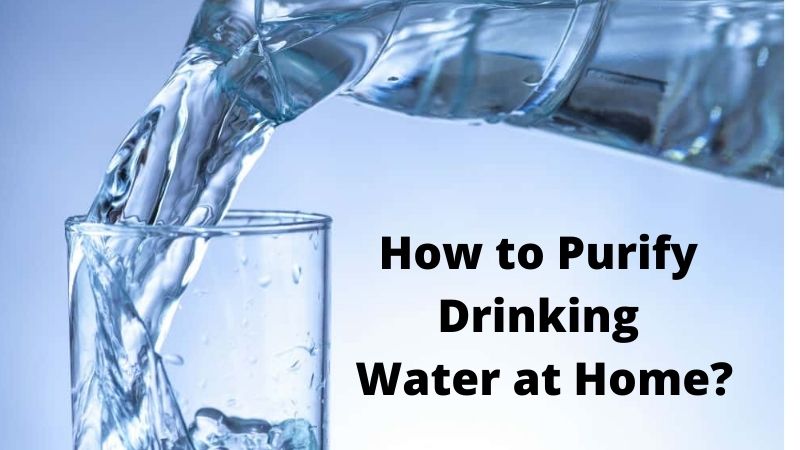Water is the most important thing which all living creatures need to survive. It is a known fact that life on this planet sustains only because of this universal solvent and 70% of the earth’s surface has water. However, most of it is not fit for consumption.
Your daily routine must consist of drinking pure and clean water because the quality of overall health depends on the amount of water consumed every single day. Those who don’t or fail to consume the required amount usually suffer from fatigue, dehydration, kidney stones, constipation, among others.
But, why is it important to purify water?
Do you know that the quality of water can tell you what effect it can have on your body because most of the water available for consumption in India is unfit?
Yes, that’s right!
Over one lakh people fall sick annually because of water-borne diseases in our country. Because there is a lack of proper planning and treatment, water purification has become a necessity in our homes and even workplaces.
The tap water at our home might look clean and clear, but there are many harmful impurities present which can make you ill. Hence it is obvious that we must drink only purified water.
Here are a few ways to purify drinking water at home:
a) Boiling
Before purifiers were popular among Indians, boiling was the most common method to purify water. Just heat the water over a burner until it reaches a full, rolling boil. Then continue to boil for a minimum of five minutes or more.
However, boiling contaminated water can remove oxygen from the remaining water and can make the taste flat. This is the only issue that can be fixed by adding a pinch of salt.
b) Water filters
There are many ways to filter water for safe consumption. Some materials like coffee filters and cotton cloths can be used in the event of an emergency filtration, but they are not that effective in removing unwanted fragments.
Some commercial filters like RO water purifiers, UV water purifiers, and UF water filters are pretty much successful in removing all the tannins and soil from all the contaminated water. Many various types of filters are used commercially in the market like the portable ones to keep them in case of an emergency, filtration systems which hook right up to your home tap, and even filters that are available pre-installed on water pitchers or even in individual bottles.
When you are choosing the best water purifier for home it can range in size, shape, and cost. One of the most common drawbacks is that they become clogged much easily. Some can be cleaned and reused while others might need to replace a filter.
c) Solar Disinfection
When boiling water for purification isn’t an option, solar disinfection is a quick and economical alternative. Instead of using direct, high heat, solar disinfection employs the sun’s heat to aid in the purification process.
This process requires bottles, dirty water, and direct sunshine to be successful. Make sure to fill plastic bottles with water to at least three-quarters of capacity. Before filling the last quarter of each bottle with water, shake the bottled water for about 20-30 seconds. Before drinking, securely close the bottle and place it in the direct direction of the sun for at least 6-8 hours.
d) Ultraviolet Light
It is proven that UV lights can help kill harmful bacteria in water, and air which makes them a useful tool in the process of water purification. In fact, one of the healthiest methods to consume water at home is through UV water filtration.
Let’s check out the reasons to filter water
There are multiple reasons to filter water. The Environmental Protection Agency (EPA) has set a standard for home tap water. According to a study by NCBI or National Center for Biotechnology Information, the maximum contaminant level goal (MCLG) for arsenic, a known human carcinogen, must be 0.0 mg/L. However, the maximum EPA allowed is 0.01 mg/L.
It is the highest amount of contaminant which is allowed in tap water. That means it is possible for people to experience harmful effects from arsenic by drinking tap water that can adhere to EPA quality standards. These contaminants can leave a negative impact on the brain development of children.
Filtering water can help to remove contaminants and debris which in turn makes the water taste even better. By decreasing the consumption of single-use plastic bottles, you can enjoy pure water in an environmentally friendly way.
Remember that no matter whatever filtering method you choose, there are many things you can keep in mind for a better experience.
Select the type of water filtration system you’ll require at your home. It is recommended to purchase a travel filter that may be used multiple times if you are traveling or trekking, for example.
You can even purchase a combination of two methods of water filtration like RO+UV water purifier or RO+UV+UF water purifier. It will also help to remove both physical debris and microscopic contaminants.
